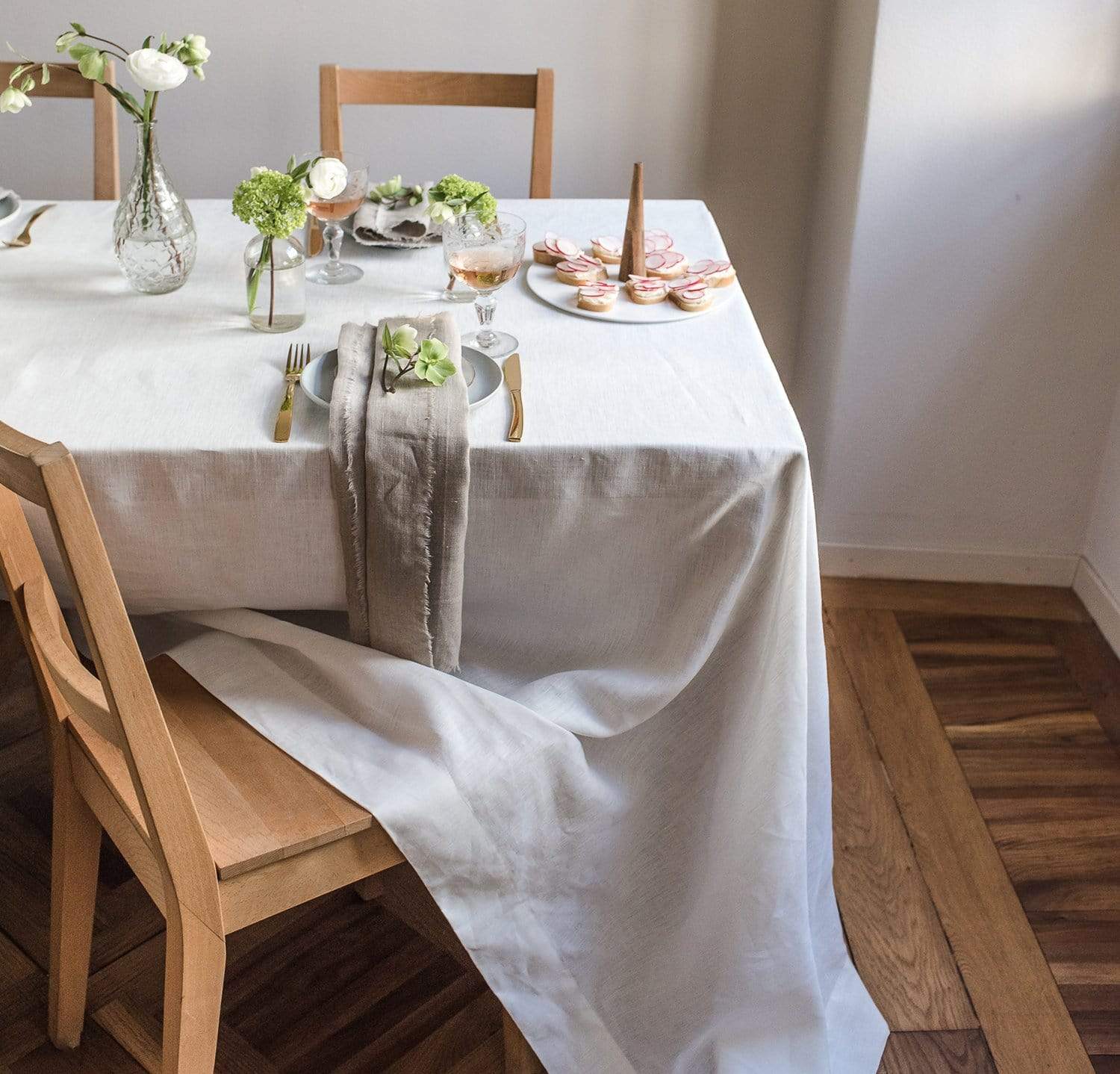Linen Fabric Advancements: Discovering Modern Trends and Creative Applications in Layout and Textile Industry
From lasting manufacturing approaches to innovative weaving modern technologies, the advancement of linen is reshaping the landscape of the fabric market. As we dive right into the worlds of innovative style applications and the introduction of linen blends and hybrid materials, a new chapter unfolds in which linen's role in future textile advancements takes facility phase.
Lasting Practices in Linen Production
Sustainable techniques in bed linen production have become increasingly crucial in the fabric market's efforts to reduce environmental impact and advertise honest sourcing methods. Bed linen, an all-natural fiber obtained from the flax plant, provides a range of advantages such as resilience, breathability, and biodegradability. Nonetheless, typical techniques of linen manufacturing can involve substantial water usage, pesticide use, and energy-intensive processes.
To attend to these difficulties, several fabric producers are adopting sustainable techniques throughout the linen manufacturing process. This includes sourcing flax from natural farms that stay clear of damaging chemicals and chemicals, carrying out water-efficient retting methods to extract fibers from the flax stalks, and making use of green dyes and coatings. Additionally, some firms are purchasing eco-friendly energy resources to power their manufacturing centers and reducing waste with recycling and upcycling campaigns.
Technical Developments in Linen Weaving
With the expanding focus on lasting techniques in bed linen manufacturing, the textile industry is now seeing a rise in technical innovations especially focused on revolutionizing the art of linen weaving. These developments are reshaping the method linen materials are generated, supplying raised performance, top quality, and imagination in weaving strategies.
Among the vital technological advancements in linen weaving is the assimilation of digital looms. These innovative looms are outfitted with software program that enables complicated and complex styles to be woven with precision. By digitizing the weaving process, suppliers can attain better uniformity and accuracy in their linen textiles.
In addition, innovations in thread spinning innovation have enabled the manufacturing of finer and even more long lasting bed linen yarns - table cloths. This results in softer and smoother linen textiles that preserve their high quality even after numerous usages and cleans
In addition, the advancement of green dyeing procedures and finishes for linen fabrics is acquiring traction. These lasting techniques not just minimize the ecological effect however also provide to the boosting customer demand for fairly produced textiles.
Creative Design Applications for Bed Linen
Innovative creative techniques are increasingly forming the creative style applications for bed linen in the textile market. Bed linen's natural visual allure and ability to mix with other materials make it a preferred selection for creating distinct garments and devices that provide to the eco conscious consumer.
In addition, designers are exploring with bed linen in home style, utilizing its breathable and resilient nature to craft fashionable home furnishings such as drapes, bedding, and upholstery. The structure and drape of bed linen bring a feeling of sophistication and comfort to interior spaces, adding a touch of sophistication to modern-day homes.

Linen Blends and Crossbreed Fabrics

Hybrid textiles, on the various other hand, take the idea of blending an action better by incorporating additional components such as metal strings, recycled products, or conductive fibers. These innovative textiles not only broaden the layout possibilities however likewise present practical aspects like conductivity, antimicrobial residential properties, or improved durability. Hybrid materials are significantly being made use of in numerous sectors, consisting of style, interior decoration, and technical fabrics, where the demand for multifunctional products is on the surge.
Linen's Function in Future Fabric Innovations

In the realm of future textile innovations, linen is expected to be a vital gamer in the growth image source of advanced useful materials. Designers and researchers are discovering means to boost bed linen's fundamental qualities through technical advancements, such as incorporating smart textiles, nanotechnology, and performance finishes. These developments intend to boost bed linen's efficiency attributes, making it suitable for a broader range of applications, from activewear to safety clothing.
Furthermore, the mix of bed linen with other natural or synthetic fibers opens up endless possibilities for creating unique textiles with special properties and functionalities. By leveraging linen's qualities and checking out ingenious blends, the fabric industry is positioned to present amazing advancements that cater to developing consumer needs and sustainability needs.
Final Thought
To conclude, the expedition of lasting practices, technological innovations, creative layout applications, linen blends, and its duty in future textile advancements highlight the continuous evolution of bed linen fabric in the contemporary design and fabric market. With a concentrate on innovation and creativity, the adaptability and environment-friendly nature of linen make it an important material for designers and makers alike, leading the way for more growths and developments in the area of textiles.
As we delve into the worlds of imaginative layout applications and the development of linen blends and crossbreed materials, a brand-new phase unfolds in which bed linen's duty in future textile innovations takes center stage.
Discovering the blend of bed linen with various other fabrics has led to the emergence of cutting-edge blends and crossbreed textiles in the modern textile sector. Bed linen blends offer a special combination of the characteristics of bed linen with those of various other fibers, resulting in fabrics that possess boosted residential or commercial properties such as increased sturdiness, boosted draping, and decreased wrinkling.The evolution of bed linen blends and crossbreed materials has set the phase for Linen to play a critical duty in driving future textile developments.In the world of future fabric technologies, bed linen is expected to be a crucial player in click reference the advancement of advanced practical textiles.